Tricky triangles
Use the three triangles to fill these outline shapes. Perhaps you can create some of your own shapes for a friend to fill?
Problem
You might have already had a go at Cut and Make where we take a square, cut it in two along a diagonal, then take one of those right angled isosceles triangles and cut that in half so that you end up with three pieces:
Image
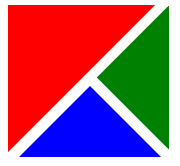
I've coloured them just to make it clearer.
This challenge is also about making new shapes out of these pieces, but it is slightly different from Cut and Make. There are some new rules:
- You must join the shapes together along their sides.
- You must have at least one pair of vertices touching for each join.
Image

BUT this one would not be allowed:
Image

The blue triangle is not right - none of its vertices pairs up with a vertex of the red piece.
Here are some outlines of the three shapes fitted together. Can you work out how they fit in each one? You might find it helpful to print off this sheet - you can cut out the three triangles from the top of it and have a go at fitting them into the outlines.
Please send us some pictures of your solutions.
Image
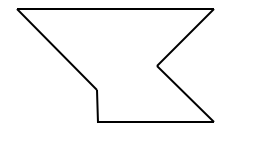
Image
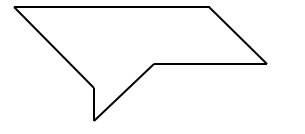
Image
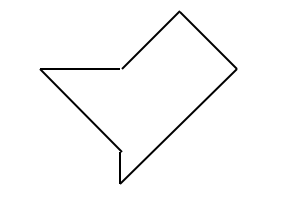
Image
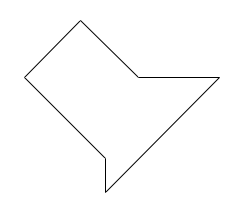
Image
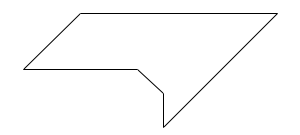
Image
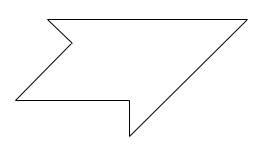
Image
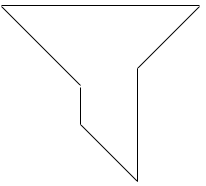
Image

Image
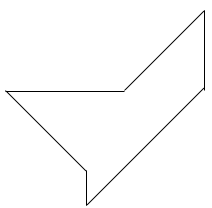
Image
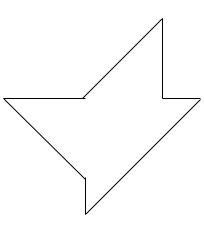
Image
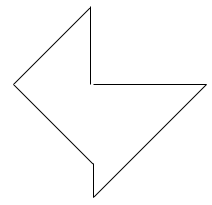
Image
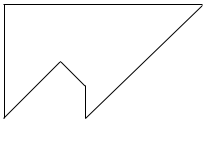
Image
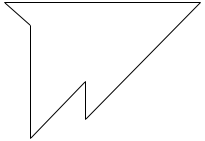
Image
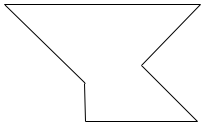
Image
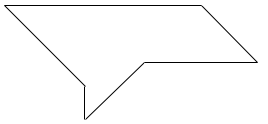
Image
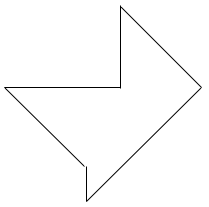
Image
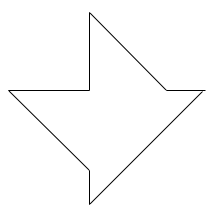
Image
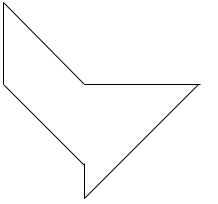
Image

Image
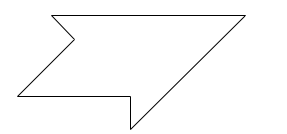
Getting Started
Could you try to fit the large triangle in first? Where could
it go?
Have you left the right-shaped spaces for the two small
triangles?
After you have completed a few, have another look at
them. Do they have anything in common?
You might be able to use this idea to help fill in the
other outlines.
Student Solutions
Here are the ways in which to fill those shapes.
Image

Image
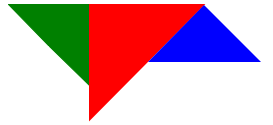
Image
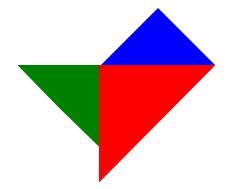
Image

Image
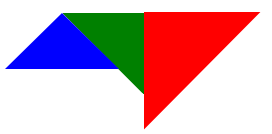
Image
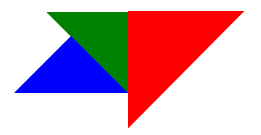
Image
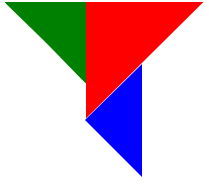
Image
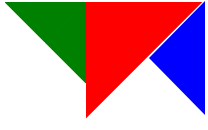
Image
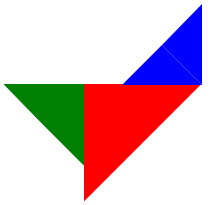
Image
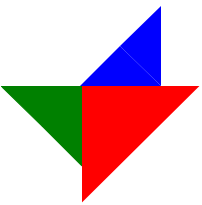
Image
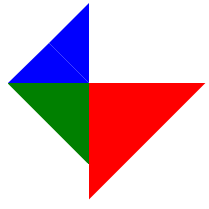
Image

Image
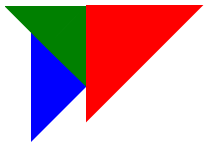
Image
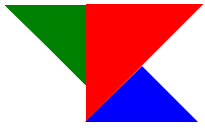
Image
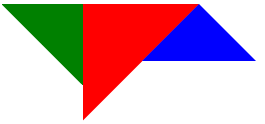
Image

Image
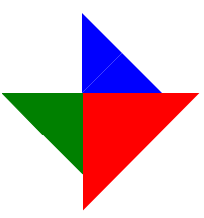
Image
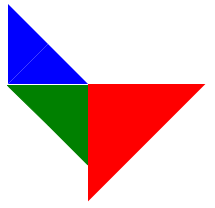
Image
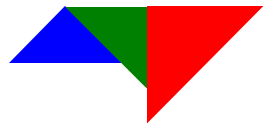
Image
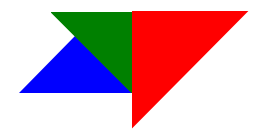
Teachers' Resources
You might like to print off this sheet with the empty shapes and the three triangles. Children could cut out the triangles and work in pairs to try to complete the shapes. They will be practising their visualisation skills as well as using a trial and improvement approach in many cases.
The twenty outlines in this problem have been constructed by keeping two of the pieces the same, which you could use as a talking point with the class. There are about sixteen ways of arranging the big triangle with just one of the others, so there are plenty more shapes to create - pupils could take up this idea by making empty shapes for their partner to fill.
